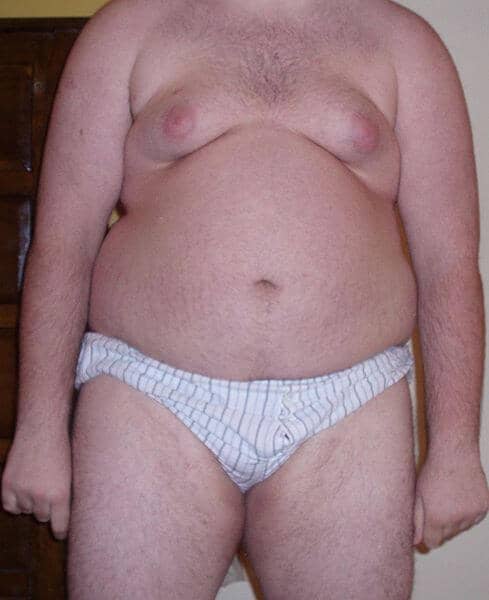Americans spend, on average, only about two hours each week participating in sports and fitness activities, according to researchers at Penn State and the University of Maryland who examined U.S. government data from the American Time Use Study.
The U.S. Centers for Disease Control and Prevention recommends that adults aged 18 to 64 get about four hours of physical activity each week by exercising moderately for 2.5 hours per week and engaging in a vigorous activity, such as running and muscle strengthening, for an hour and fifteen minutes per week.
“The United States is the fattest country in the world,” said Geoffrey Godbey, professor emeritus of recreation, park and tourism management, Penn State. “The amount of exercise Americans get has become a major concern.”
The team, which also included John Robinson, professor of sociology, University of Maryland, analyzed ATUS data from the U.S. Census Bureau’s most recent national diary study of more than 100,000 respondents of all ages across the country to examine the amount of time Americans’ spend on sports and fitness activities.
The results are reported in the 2011 edition of Time Use in Australia and United States/Canada Bulletin, which will appear online this week.
The researchers found that dedicated walking is the most prevalent activity, engaged in by about 5 percent of Americans on an average day for 53 minutes per walker. In terms of the more physically active team sports, the researchers found that basketball is the most popular, followed by football, soccer, baseball, volleyball and hockey.
“Baseball may be our national pastime and football our main spectator sport, but the daily time spent on basketball is higher than both of them combined,” said Robinson. “This is particularly true among teenagers, who spend about seven times more time than older adults playing basketball, as well as other team sports.”
In general, teenagers participated in fitness activities about 2.5 times as much as older adults aged 18-64 — 41 minutes per day versus 17 minutes for those 18-64 and 13 minutes for seniors over age 65.
“Among older adults, team sports are almost invisible in terms of daily time use, with only one in 500 people playing baseball or football, and one in 60 people playing basketball on a given day,” Godbey said.
Godbey suggested a number of reasons that might explain why Americans do not exercise as much as they should.
“First, we live in an automobile culture,” he said, noting that four out of every five miles Americans spend moving are in an automobile. “Second,” he said, “we are almost addicted to television and computers. Americans ages 18 to 64 average more than 35 hours of free time each week, but they spend half of it watching television. Third, our society is aging — 13 percent of us are 65 years old or older. Fourth, a lot of physical activities, such as hockey and tennis, can be expensive to participate in because of the gear and memberships they require. And finally, because of crime, some people are afraid to leave their homes to go out for a walk or a run.”
According to Robinson, even though two hours a week of exercise doesn’t seem like much, it’s significantly more than what people were getting in 1965.
“Today’s two hours a week is almost three times higher than what was found in the first U.S. national diary study conducted in 1965,” he said.
As in earlier diary surveys, men exercise about twice as much as women, but women are equal to men in the amount of time they spend walking, swimming, bowling and in directed fitness activities, like cardio, aerobics and hiking.
The researchers also compared the daily time Americans devote to team sports versus other fitness activities. They found that people spend an average of about two hours per day on team sports and less than an hour per day on other fitness activities, such as walking or running. The longest episodes — an average of close to four hours per day — are spent hunting and fishing.
Among seniors 65 or over, golf is the most prevalent fitness activity other than walking, but seniors are about as active as younger adults in many fitness activities, such as workouts, aerobics and cardiovascular exercise. Seniors also are equal to younger adults in the amount of time they spend bowling
The Maryland Population Research Center funded this ATUS analysis as part of a larger grant from the National Institutes of Health (NIH).
If our reporting has informed or inspired you, please consider making a donation. Every contribution, no matter the size, empowers us to continue delivering accurate, engaging, and trustworthy science and medical news. Independent journalism requires time, effort, and resources—your support ensures we can keep uncovering the stories that matter most to you.
Join us in making knowledge accessible and impactful. Thank you for standing with us!

